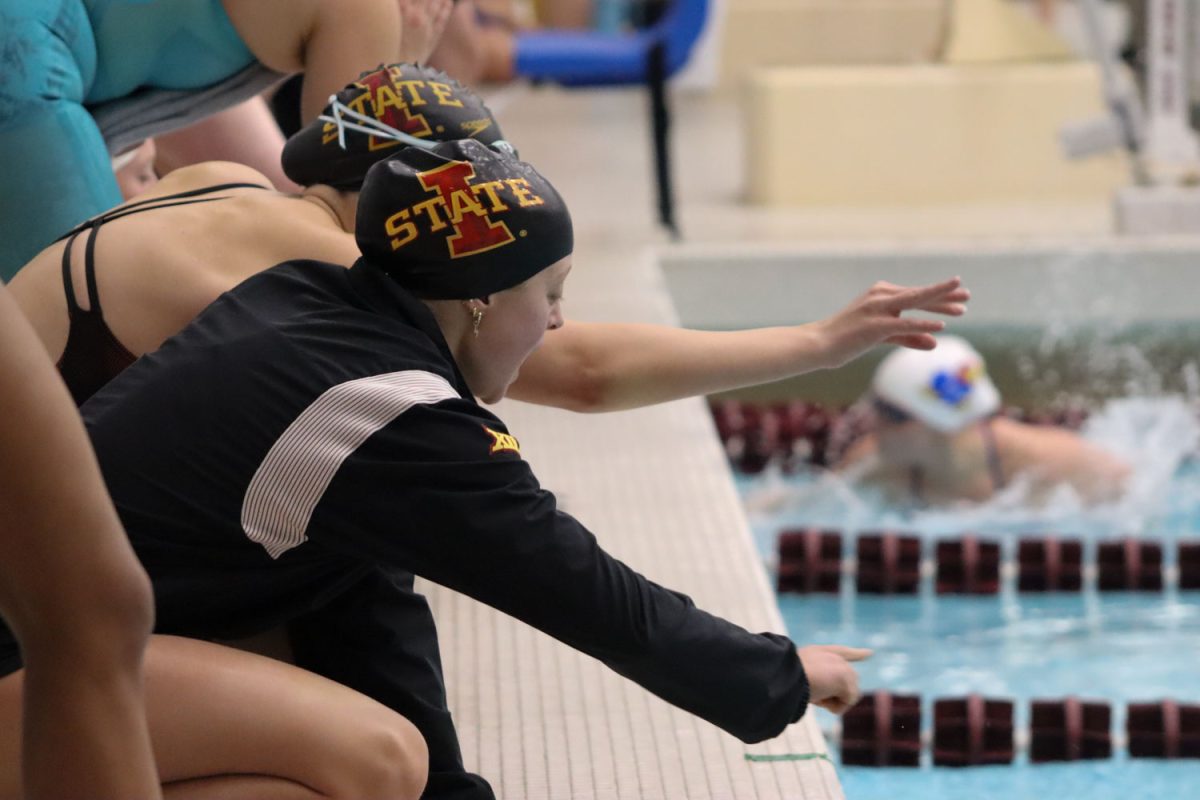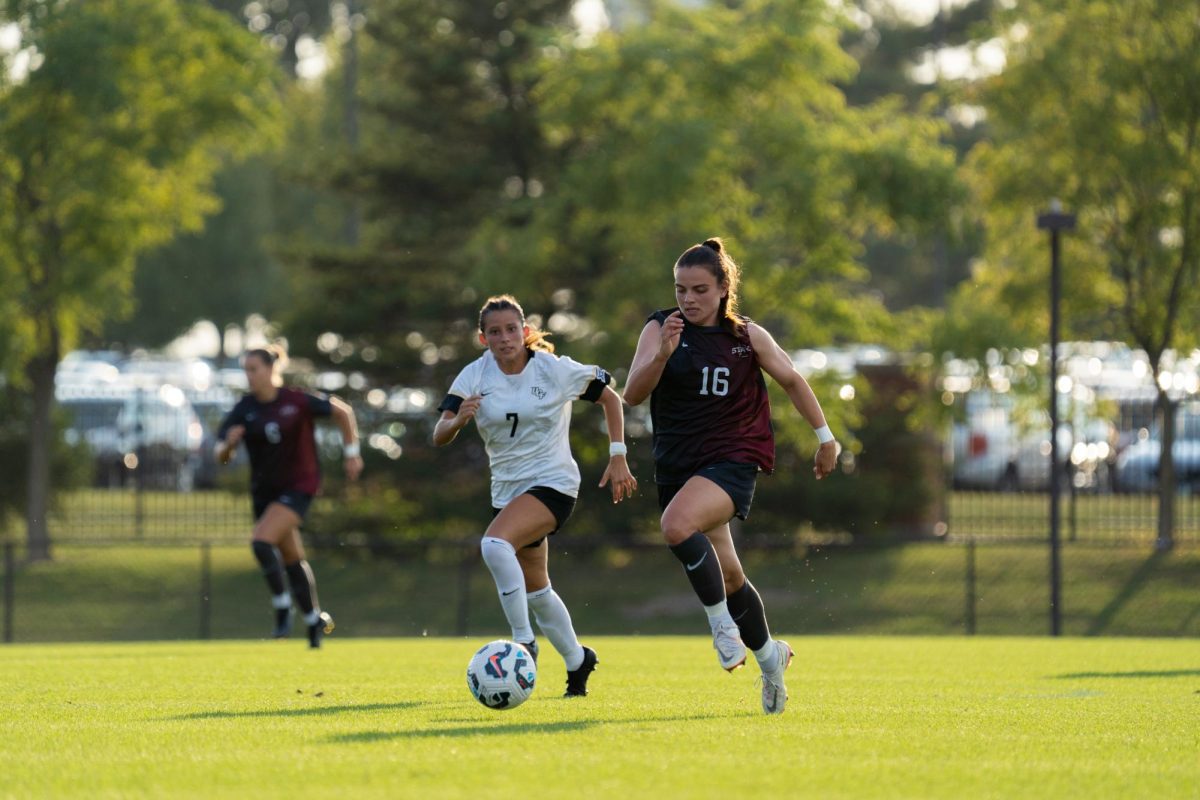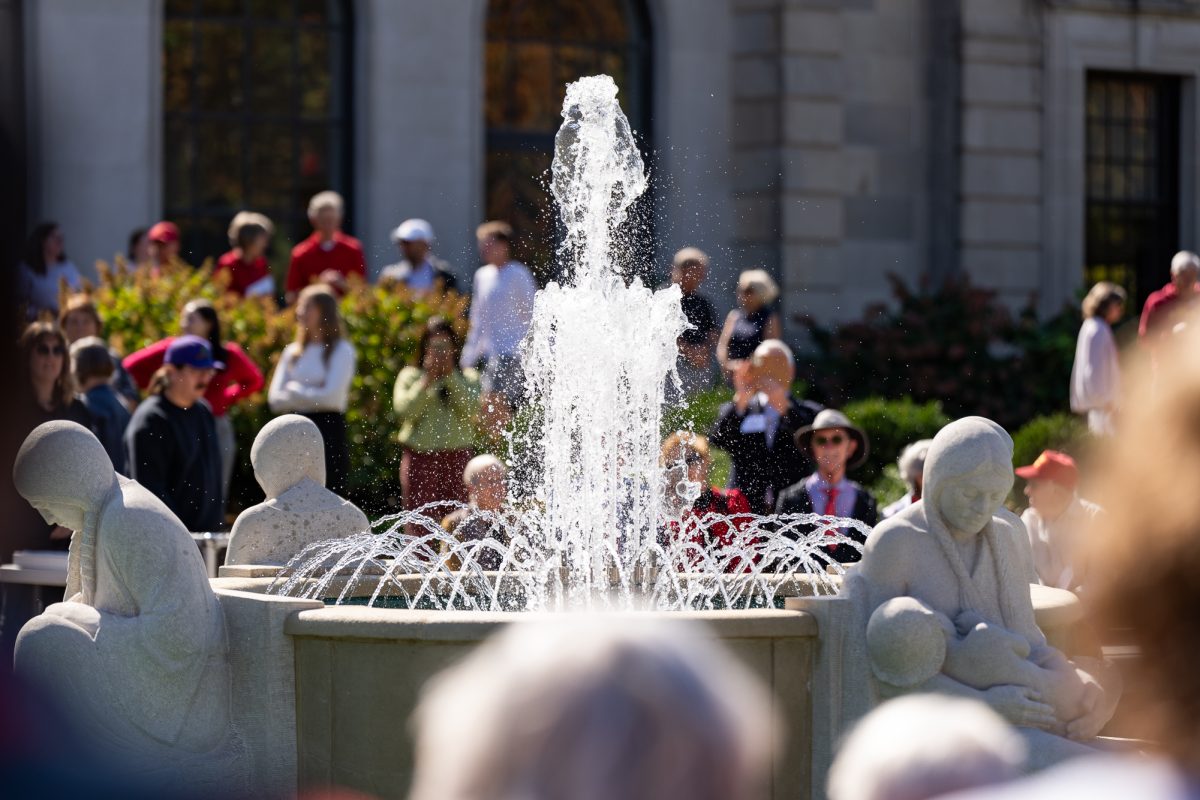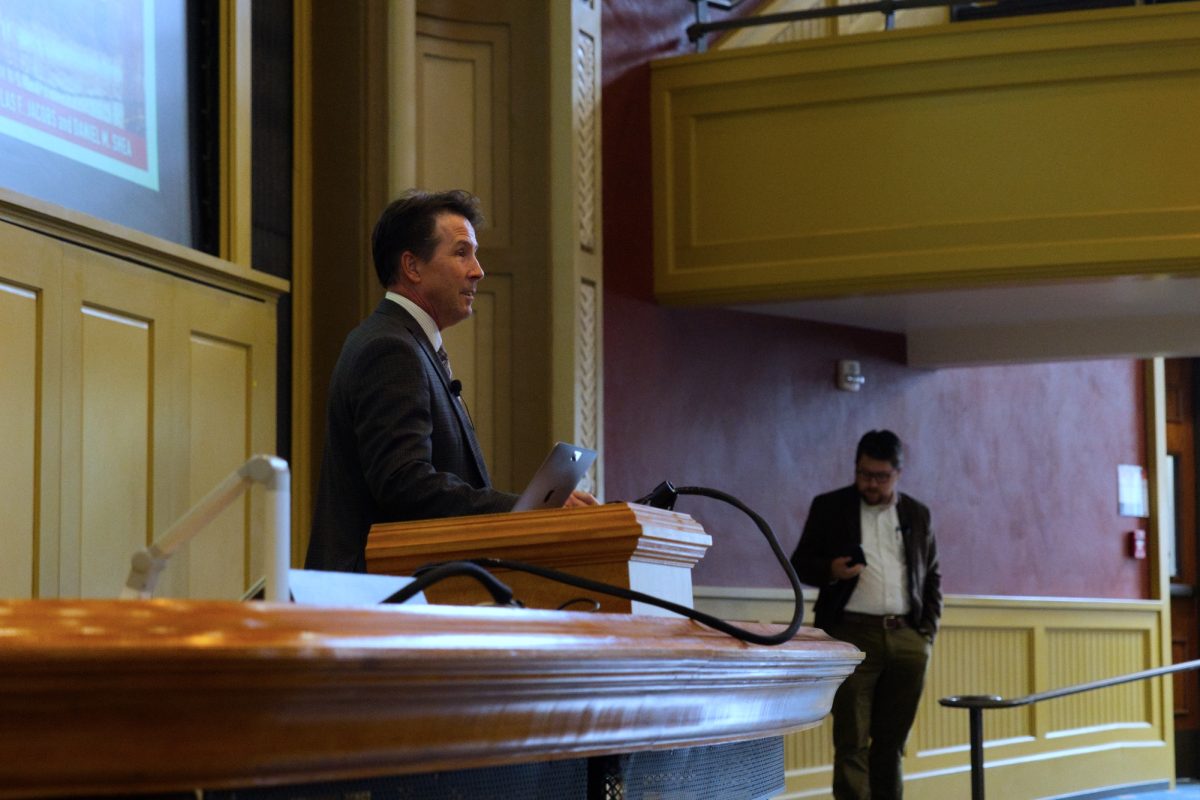Non-traditional student rate down at ISU
May 1, 1999
When it comes to enrollment of non-traditional undergraduate students, Iowa State has been on the decline.
Rob Wiese, program assistant for the Adult Learner and Commuter Student Programs, said enrollment of non-traditional students for this school year was 11 percent, down from 12.7 percent in 1997 and 14.3 percent in 1996.
The term “non-traditional student” is defined as “students who do not follow an educational path historically perceived as traditional,” according to the National Center for Educational Statistics (NCES). A traditional student is one who enrolls in college immediately after high school.
Wiese said one reason ISU may not be competitive with other universities in terms of non-traditional student enrollment is a lack of sensitivity to older students.
“Sometimes I get the feeling that adult students think ISU isn’t concerned enough with adult students,” he said.
Students have complained that ISU doesn’t offer enough evening classes or distance education programs, Wiese said.
Simpson College in Indianola has an extensive adult learner program. Walter Pearson, director of adult learning at Simpson, said non-traditional student enrollment has been increasing in recent years.
“Out of 1,980 students at Simpson, 650 are age 25 and older,” he said.
Pearson said some non-traditional students come to Simpson College because they can’t get the classes they need at ISU.
“We offer more evening classes than ISU,” he said. “We try to be very flexible with student needs.”
Mona Wilson, a non-traditional senior in management information systems at ISU, works full-time and has two children.
“Luckily, my employer allows me to leave work in the middle of the day to take classes,” she said. “I don’t know how I would take classes at ISU if they didn’t let me do that … juggling school, work and family is very difficult … I don’t have much free time to myself.”
Marti Elston, program coordinator for Extended and Continuing Education at ISU, said the university has been trying to put more courses on the Internet.
Some of the classes currently offered through Extended and Continuing Education don’t go toward a degree, Elston said.
“We’ve also been trying very hard to have classes go towards a degree program,” she said.
Elston said Extended and Continuing Education deals more with distance education than students on campus.
“We offer both for credit and non-credit classes,” she said. “Classes vary in the way they’re delivered.”
Classes are offered during the evenings, on Saturdays, on the Web and through the Iowa Communications Network (ICN).
The presence of non-traditional students on college campuses across the United States was one in four undergraduates in 1986, according to NCES. In 1992, the number of adult students rose to almost one in three.
Previously, non-traditional students were prevalent in two-year institutions. However, the enrollment of adult students in four-year colleges has been increasing, according to NCES.
The enrollment of students who are 25 years and older increased 20 percent, from 5.2 million in 1988 to an estimated 6.24 million in 1996.
The NCES also showed that non-traditional students are highly likely to leave in their first year of post-secondary education.
Wilson said instructors need to be more sympathetic to adult students.
“Some instructors just assume you remember a lot from high school,” she said. “I took a math class last semester, and the teacher assumed everyone remembered algebra from high school. About 20 percent of the class was older students.”
Penny Rosenthal, director of Adult Learner and Commuter Student Programs, said the department is trying to form an adult student advisory committee.
Such a committee would allow “different departments to get together to discuss different options [for non-traditional students],” she said.
Those interested in sitting on the committee should contact Rosenthal at the Adult Learner Center in the Memorial Union, 294-2364.






